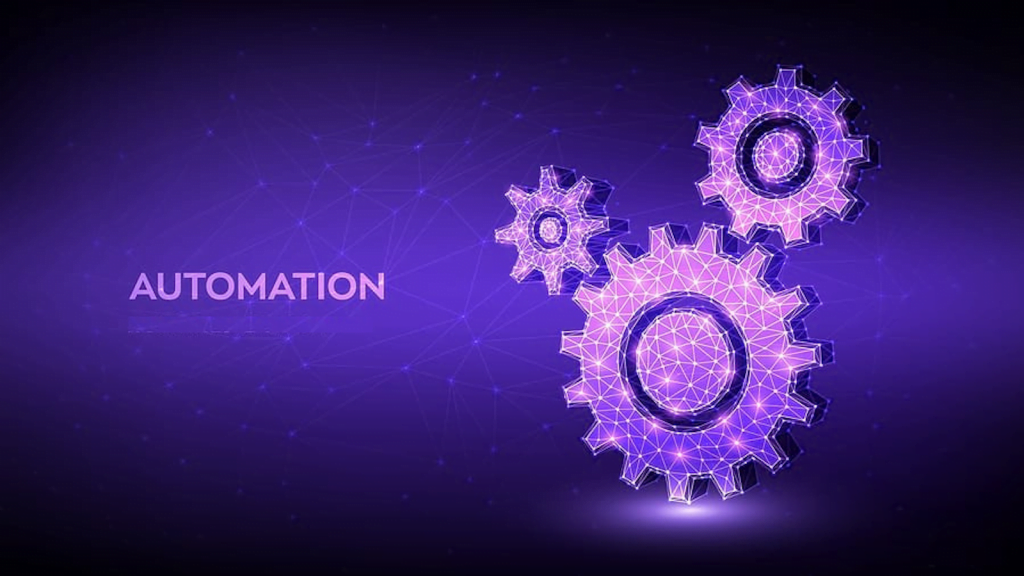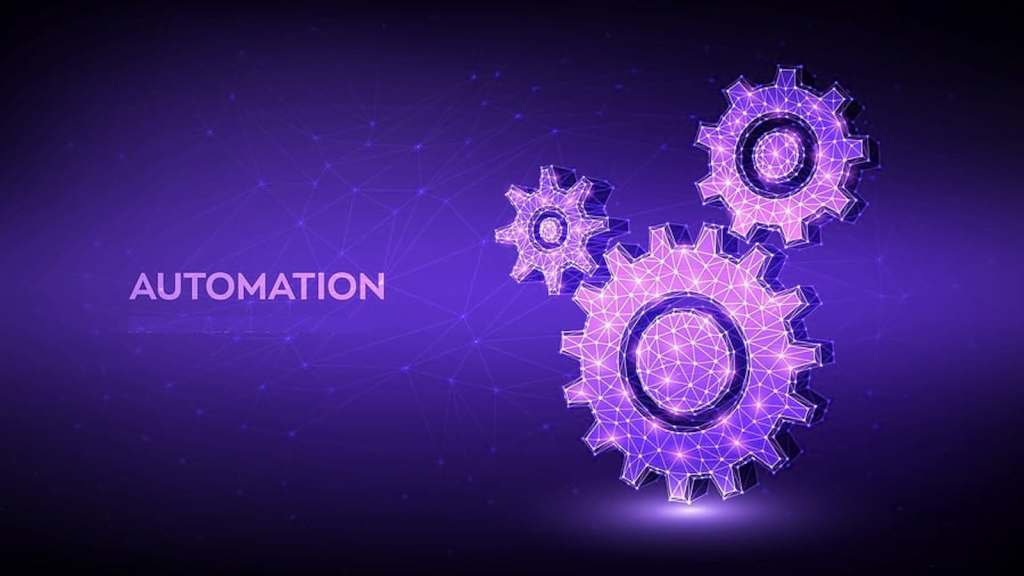Do automation and robots threaten the job market? Automation poses a “threat” to many people. What you should know
People are overly concerned about the “threat of automation”. People want to know whether automation will threaten their jobs. This is a good question, but the answer comes from a lack of understanding about automation and its benefits.

What is the workplace automation?
Automating the workplace is a way to automate repetitive, time-consuming and sometimes dangerous tasks using computer programs.
The process can be as simple or complex as analyzing data from a spread sheet, or collecting data on spending from several restaurants in order to identify cost-saving opportunities. In either case, machines will do all the heavy lifting, leaving employees with more time to concentrate on outreach, innovation and customer service.
Why automation is needed in the workplace
Each year, repetitive tasks are estimated to waste $1.8 trillion. How? The average worker spends 520 hours per year on routine tasks, which could be easily automated. According to the average hourly wage in the United States of $25.39 per year, businesses lose an average of $13,202.88 per employee each year on non-productive tasks.
Customers’ expectations are also increasing. We live in an age where restaurant meals can be delivered right to your doorstep, you can pay with your phone and even build bridges by using a 3-D printing machine.
The greater the chance for success of a business, the more accessible and deliverable the service is. Automation can ultimately help businesses to work faster and meet expectations by releasing employees from tedious tasks.
We can’t fight automation
This rising tide of automated technology is unstoppable. This is a powerful force that drives innovation and growth. It will remain so as long as the market requires it. Automation allows businesses to compete on a level that they would have never imagined possible.
Remember the assembly line of the early 1920s. It was possible to create jobs and new products faster by building cars quickly. It didn’t only offer new products and fast service, but it also redefined the industry.
Automation is no different. Businesses will continue to rely on technology to remain competitive and meet customer expectations. They’ll also continue to find new and innovative ways to achieve this.
Are workers concerned about automation?
Many employees and businesses are concerned about the threat of automation. Many workers are concerned that automation will threaten their jobs.
Workers were asked to express their opinions about automation in an Op-Ed entitled “Americans’ Perceptions of The Future of Work”.
Two-thirds of the 1,500 workers who responded to the survey said that automation is helpful because it offers tools, machines and software which help workers perform their tasks more efficiently.
What jobs are at risk from automation?
The technology changes the workforce. It does not eliminate it. Many jobs expose people to unnecessary risks or are inefficient.
Data entry tasks, for example, can be costly if human errors are made. Robots can perform dangerous tasks, such as milk tank inspections. This eliminates the danger to humans.
Employees will need to adjust to the new roles as they shift away from their previous tasks.
It is in the employers’ best interest to begin the tradition as soon as possible.
The role of management in reducing automation threats
Automation is now and will continue to grow. Software development has never been so prolific.
Automated systems can help businesses achieve their goals and remain competitive. This does not mean that workplaces should replace their current employees with robots. In fact, the exact opposite is true.
Your staff can concentrate on more complex and high-level tasks by letting robots handle the boring tasks. Robots can’t do certain tasks. By collapsing the back office and using custom workflow solutions you can free up your employees to take on customer-facing roles. Then, you can provide the necessary training for these employees to be successful in their new role.
Many businesses do not have a solid automation strategy. Sometimes C-level executives lack the full perspective. Automation is seen as a tool, and they want to integrate it into business processes in any way possible to remain competitive. They forget, however, that automating an inefficient workflow does not improve it.
Automatism: the real threat
Automation is not a “set it and leave it” tool. Automation can reduce time-consuming, boring and distracting tasks. But, just like any tool, it requires oversight. Robots and software follow guidelines. Faulty programming or an automation strategy that is misguided can result in costly mistakes.
People need to assess which services and systems should be upgraded to stay competitive in the digital age as businesses grow. Automation is not a good solution if it’s just put in place without any oversight.
Businesses must use the freed-up resources to remain competitive, innovate and build deeper connections with their customers. Fail to do this, and you will be giving companies a false feeling of security.
It can also cause them to lose track of the automation’s true purpose, which is to improve customer service. To get the most from automation, your company needs a plan and to understand what to expect after automation.
How to prepare yourself for the future of automation
Do not let your fear of automation stop you from automating. And don’t fall into a “set-it-and-forget-it” mindset. With the right strategy and automated solutions, your company can increase efficiency while reducing costs.
Automating a company isn’t always easy. Without the right experience, automating systems could backfire and ruin your business. It is important to keep track of disruptive digital trends so that your company can adapt accordingly.
Automation is the best way to overcome these obstacles. Understanding that streamlining workflows does not remove jobs is important. This gives your employees more time to work on interesting and better tasks. These are tasks that will grow your business or wow your clients. They can also be tasks that make them feel more satisfied with their jobs.
